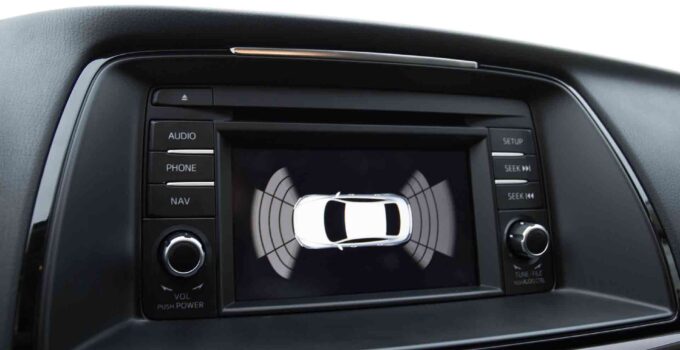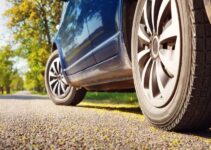Parking. Is it quite the same thing as driving? Learning to drive certainly also means learning to park properly, but for many inexperienced drivers (and for many experienced ones too) parking is something that can be difficult to get the hang of. Every driver has been in one of those devilish situations, cruising at a snail’s pace down a tightly packed road, scanning for a parking spot and hoping you can grab that empty one before the next guy does.
Then comes the actual parking itself, squeezing into a tiny space without damaging your own car or, worse, somebody else’s. Or perhaps you are snaking up a tight country road, looking for anywhere you can park your car that will not see the wingmirrors taken off by some maniac speeding round the bend because of an absence of cameras or law enforcement. Oh, there’s no doubt about it – parking can be a nightmare.
This is one of the reasons why new parking technology has been something that all the major car companies (and other institutions too) have been funding a great deal of research into. This has borne real fruit, and we do indeed see to today many innovative technologies designed to make parking easier and which could, one day, make it a total breeze. This has been the positive development, at any rate. Before laying it out in more detail though, perhaps it is wise to also look at certain negative developments that have been a real thorn in the side of drivers.
Bigger Cars, Same Roads
Indeed, one thing we have observed over the last forty or so years is that cars have become gradually bigger. Look at any photograph of a road scene from the 90s – now compare it with one from today (perhaps in the same location if you can). You will soon notice that the cars have all got significantly bigger, with far more SUV-sized behemoths among them. And not only that, but you will notice that the sheer number of cars has also increased. Throughout all of this, one thing has, in most places, stayed the same – the roads.
Moreover, when it comes to parking your car in a car park, you might have noticed too that everything is a bit of a tight squeeze. Almost as if to ameliorate this problem then – and perhaps partly in direct response to it. Car safety technology has advanced at an impressive rate in recent years. Nevertheless, it is not just car technology that is doing something about the nightmare of parking. Parking lots themselves are becoming technologically advanced.
The Car and the Car Park
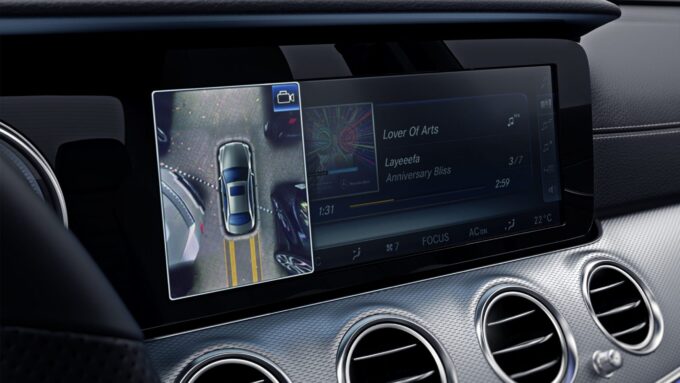
Indeed, when it comes to new technology helping with parking, both cars and the car parks themselves seem to have formed a sort of alliance, working in tandem to make parking easier for all drivers. Car park technology naturally doesn’t apply when you’re out on the road or parking on a street, but where many vehicles need to be parked efficiently in the same place, we are entering a seriously high-tech world.
Accordingly, we can split parking technology into that which is part of the onboard technology of a car and that which is utilized by car parks. Great strides are being made in both areas, and it really seems like the future of parking might be a great deal less stressful than it has been before.
A Driverless Future
Self-driving cars are something that has been said for what feels like the longest time to be just round the corner. Now it seems like it might still be some way off. However, much of the technology that has already made the self-driving car possible (mass roll out is quite a different matter) shares much in common with that which is right now making parking a great deal easier.
Self-driving cars work on the principle of an onboard AI computer connected to a network and having access to information such as the layout of the roads, their condition, and all the other cars currently driving on them. Much parking technology uses this as well, especially in the case of mega car parks, where data about free spaces can be processed by computers, saving the driver the need to look for one.
Car Parking Technology Today
Let us look then at a few examples of car parking technology as it currently exists. As mentioned, we will split this into vehicle and car park innovations.
Onboard Parking Technology
Park Distance Control (And Automatic Parking)
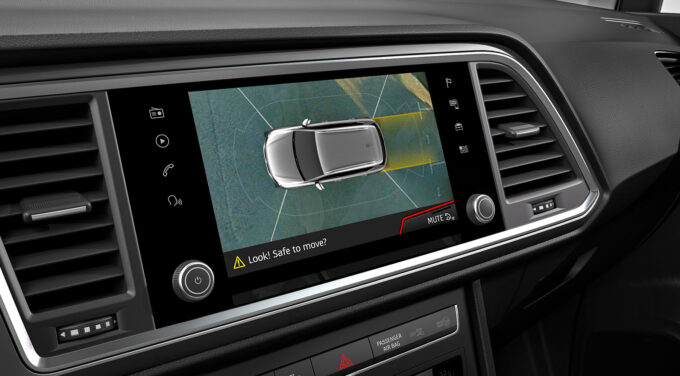
Source: seat.com
This type of technology is already pretty familiar to many drivers. Park distance technology makes use of ultrasound detectors on the front and rear of the car. These can feed the car (and the driver) information about how far away obstacles are. Drivers can then know how far away that wall they are backing into is. There is even (less common) technology that can take control of the vehicle at this point and back the car in safely. This is known as automatic parking.
Reverse Parking Camera
This one has been around for a while, but it has become much more common in recent times. By feeding the driver visual information from a rear-view camera, the driver can see how close that back wall is getting as they park, removing the need for anybody to get out the car and guide them in.
Remote Parking
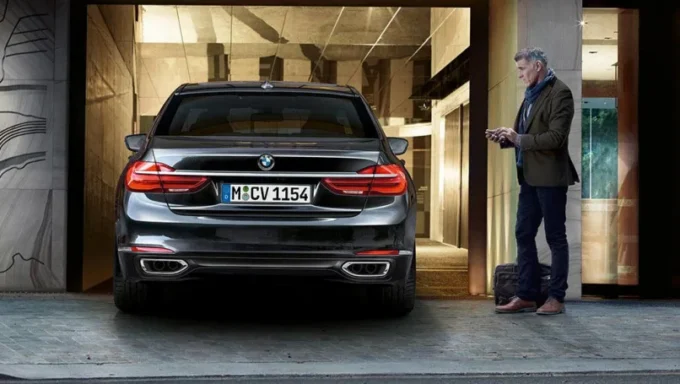
Source: carsguide.com.au
The automatic parking feature mentioned above has an even more advanced cousin, and that is remote parking. This refers to a car parking completely automated, the driver having left the vehicle after entering the car park (sounds very sci-fi).
Car Park Technology

Source: nowi-energy.com
Bay Sensors
Bay sensors are a way for a central computer at a car park location to know which car parking spaces are occupied. By then working with this data and the remote parking function just mentioned, a car can be guided to its parking spot seamlessly.
Robot Chauffeurs
This is when a specialized automatic vehicle, rather like a large forklift, carries cars to free spots after the driver has entered the car park and has left the car. This not only removes the need to find a parking space, but it also eliminates the need for the driver to drive around the car park at all. When it’s time to go, the robot vehicle brings the car back to the driver. Another advantage of this technology is that it can be used to park cars in a much more space-efficient way, and to alert all involved if the car park is already full or if the spots are otherwise unavailable. No more “no parking” signs. Like these at Seton.co.uk
Conclusion
As you can see, parking is bound to become a whole lot easier – and very soon at that. With onboard technology, parking anywhere has been made easier for drivers. And when parking in a car park augmented with the latest technology, it can work with the car’s own technologies to remove the need for the driver to do any parking at all. The nightmare is soon to be over.

